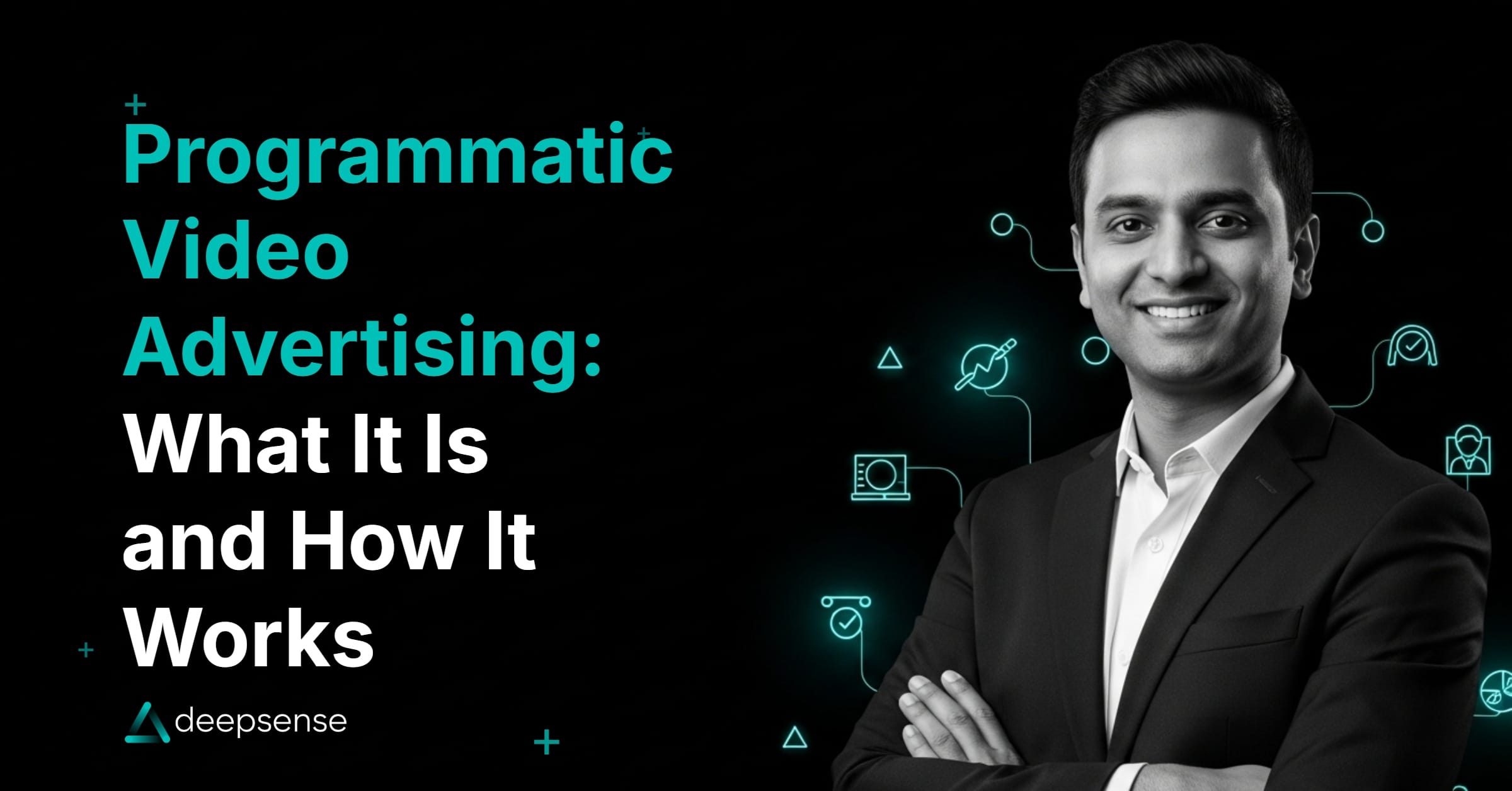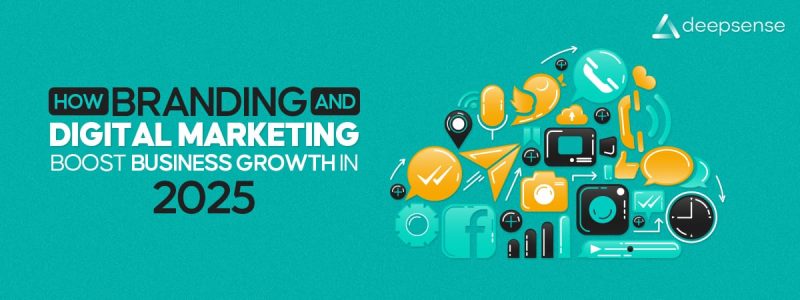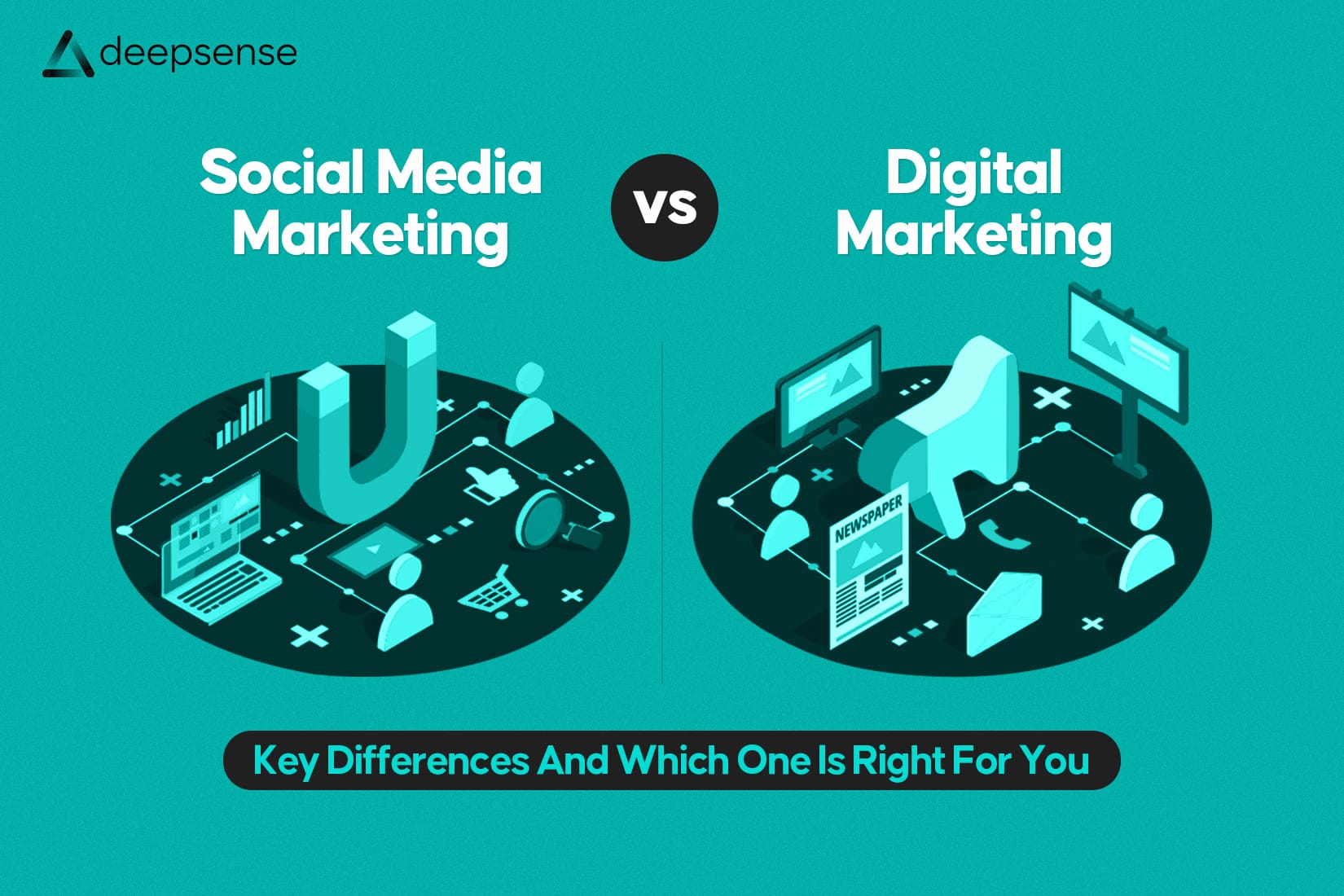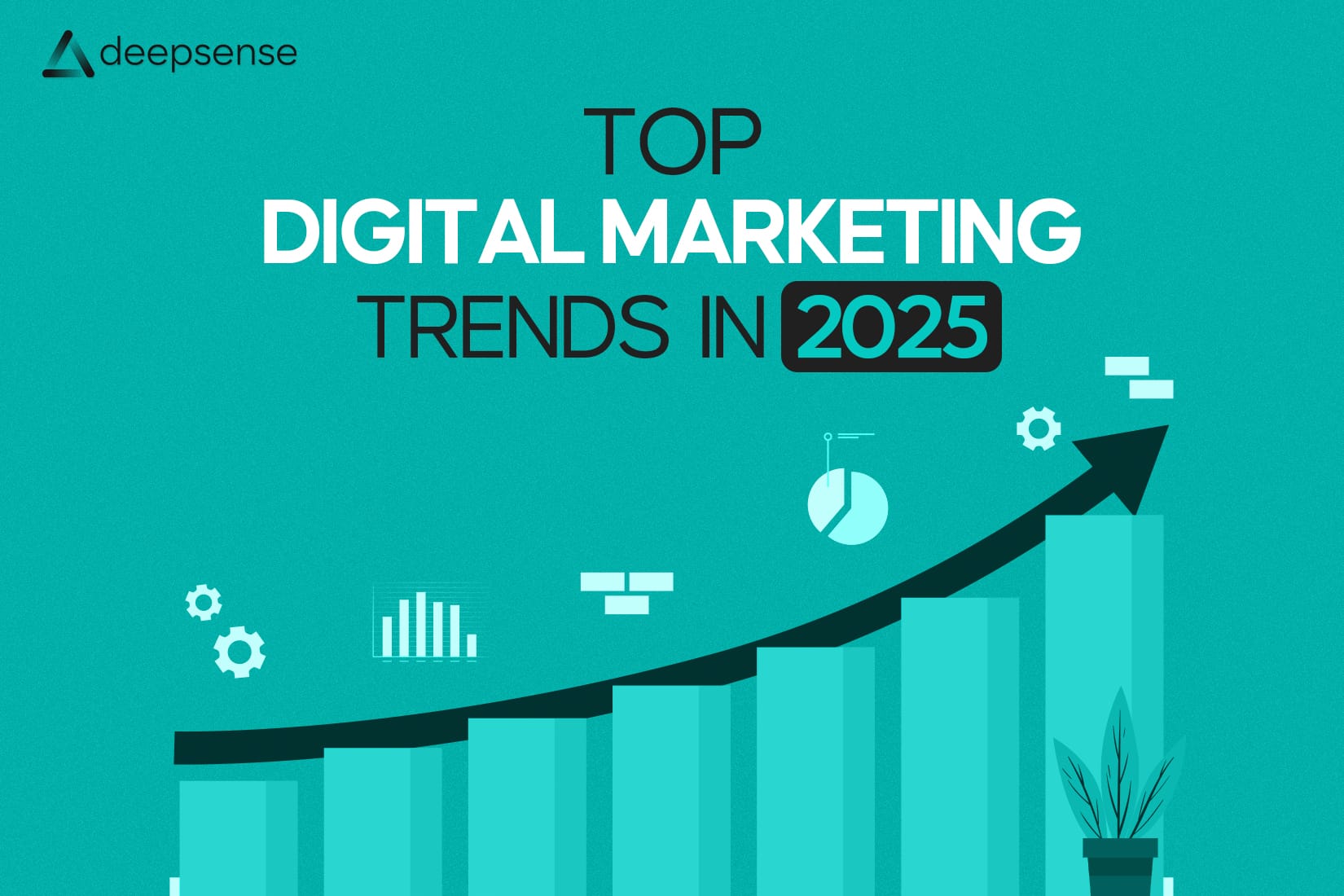Imagine scrolling through your favorite app or streaming platform and suddenly coming across a video ad that feels like it was made just for you. It matches your interests, shows up at the perfect time, and doesn’t feel intrusive, it feels relevant. That’s not luck. That’s programmatic video advertising in action.
The digital advertising world has shifted dramatically in recent years, moving away from generic ads toward highly personalized, data-driven experiences. At the heart of this shift lies programmatic advertising, where automation and artificial intelligence work together to buy and place ads in real-time. Unlike traditional ad buying, which often involves long negotiations and guesswork, programmatic video advertising ensures that your message reaches the right audience, on the right device, at the right moment.
This isn’t just a trend, it’s becoming the new standard. According to eMarketer, programmatic ad spending in the U.S. alone surpassed $120 billion in 2024, with video ads taking a massive share of that growth. And the reason is simple: video is engaging, memorable, and now smarter than ever when combined with programmatic technology.
In this blog, we’ll break down what programmatic video advertising really is, how it works behind the scenes, and why businesses of all sizes should pay attention if they want to maximize their digital marketing ROI.
What Is Programmatic Video Advertising?
Traditional advertising was manual, you had to call publishers, negotiate rates, and hope your ad reached the right audience. With programmatic video ads, the process is fully automated through AI-driven platforms.
Here’s how it works:
- Brands upload their video ads into a demand-side platform (DSP).
- The DSP uses real-time data (like age, location, interests, online behavior) to decide where to show that ad.
- When someone opens YouTube, a news site, or even an app, a real-time auction takes place in milliseconds.
- If your bid wins, your video ad shows up, seamlessly.
It’s like having a smart assistant who buys the best ad spots for you, based on who’s most likely to engage.
Why Is Programmatic Video Advertising Important?
- Precision Targeting – Instead of wasting money on broad ads, you zero in on people who are actually interested.
- Real-Time Optimization – Algorithms constantly learn and improve campaigns while they’re running.
- Scalability – Whether you want to target a city, a country, or the globe—you can.
- Better ROI – Every dollar works harder because you’re reaching the right eyes.
Fun fact: According to Statista, programmatic video ad spend crossed $62 billion in the US alone in 2023, and it’s growing every year. That’s how big this shift is.
How Programmatic Video Advertising Works (Step by Step)
Think of it like a silent auction happening at lightning speed:
- You upload your ad → into a DSP (like Google DV360, The Trade Desk, or MediaMath).
- A user visits a website/app → Let’s say John is scrolling through a news app.
- Ad exchange kicks in → Platforms analyze John’s data: age, location, browsing history, etc.
- Bidding war begins → Advertisers compete in real time to show John their ad.
- Winner gets the slot → If your ad wins, John sees your video instantly.
- Data flows back → You get insights: Did John watch the ad? Did he click? Did he buy?
All this happens in milliseconds. Faster than you can blink.
Types of Programmatic Video Ads
Different placements serve different goals:
- In-Stream Ads – Play before/during/after a video (like YouTube ads).
- Out-Stream Ads – Appear within content (like scrolling a news article).
- Social Video Ads – Delivered through Facebook, Instagram, TikTok, LinkedIn.
- Connected TV (CTV) Ads – On smart TVs, OTT apps like Hulu, Hotstar, or Netflix (where ads are allowed).
Benefits for Businesses
- Hyper-Targeting – Age, gender, income, interests, browsing habits, you choose.
- Personalization – Serve different creatives to different audience segments.
- Real-Time Adjustments – If one ad isn’t working, the algorithm adapts.
- Efficiency – Cuts down manual work and wasted spending.
- Engagement Boost – Video is one of the most powerful storytelling formats online.
Challenges (Because Nothing’s Perfect)
- Ad Fraud & Bots – Fake impressions can drain budgets if not monitored.
- Privacy Concerns – With stricter laws (GDPR, CCPA), targeting needs careful handling.
- Creative Fatigue – Users get bored if they see the same ad too often.
- Learning Curve – Platforms and data science can feel overwhelming at first.
But the good news? Most platforms now come with built-in fraud protection, transparency tools, and easy dashboards.
The Future of Programmatic Video
This is where things get exciting:
- AI will make ads smarter—predicting behavior before you even search.
- Voice and AR ads may enter the programmatic space soon.
- More Connected TV (CTV)—as people shift from cable to streaming, programmatic will dominate TV-style ads.
If you’re a brand looking to scale visibility, programmatic video isn’t a “nice to have” anymore, it’s becoming the gold standard of advertising.
Final Thoughts
At the end of the day, programmatic video advertising is about more than technology, it’s about connection. It allows brands to move past the one-size-fits-all approach and instead create experiences that feel personal, timely, and relevant to the viewer.
For businesses, this means two major wins: better efficiency and better engagement. You’re not wasting budget showing ads to people who don’t care, you’re investing in audiences who are genuinely interested, which naturally drives higher ROI.
Of course, success doesn’t come from automation alone. To make programmatic video work for you, you need the right strategy: clear goals, high-quality creatives, the right targeting parameters, and ongoing optimization. When all of this comes together, the results can be game-changing.
As consumer behavior continues to evolve and attention spans shrink, programmatic video offers brands a way to stay ahead of the curve. The future of advertising is smarter, faster, and more personalized, and programmatic video is leading the charge.
So whether you’re a startup dipping your toes into digital ads or an enterprise looking to scale campaigns, embracing programmatic video isn’t just an option anymore, it’s a necessity. The question is: are you ready to make your ads smarter?
FAQs
1. What exactly is programmatic video advertising?
Programmatic video advertising is the automated process of buying and placing video ads online using AI and data. Instead of humans negotiating ad placements, smart algorithms decide the best spot, audience, and timing in real time.
2. How does programmatic video advertising work?
It works through a system called Real-Time Bidding (RTB). Advertisers bid for ad space, and the highest bid wins instantly. The ad is then shown to the most relevant audience at the right moment, all in milliseconds.
3. Why is programmatic video better than traditional ad buying?
Unlike manual ad buying, programmatic ensures ads reach the right people at the right time, making campaigns more cost-efficient, targeted, and measurable.
4. Where do programmatic video ads appear?
They can appear across websites, apps, YouTube, connected TVs, streaming platforms, and even social media feeds, basically anywhere your audience spends time online.
5. Is programmatic video advertising only for big brands?
Not at all. While large companies use it extensively, small and medium businesses can also benefit from precise targeting, budget control, and data-driven insights.
6. What types of video ads can be run programmatically?
Some common types include:
- In-stream ads (before/during/after videos)
- Out-stream ads (on webpages or mobile apps)
- Social video ads (on platforms like Instagram or Facebook)
- CTV/OTT ads (on smart TVs and streaming services)
7. How does AI improve programmatic video ads?
AI analyzes user behavior, interests, and demographics to ensure ads reach people who are most likely to engage or convert. This reduces wasted spend and increases ROI.
8. How much does programmatic video advertising cost?
It varies depending on factors like targeting, ad format, and platform. You can set daily or campaign budgets, making it flexible for both small businesses and large enterprises.
9. How do I measure the success of programmatic video ads?
You can track performance using metrics like views, click-through rate (CTR), engagement, conversions, and ROI. Most platforms provide detailed dashboards for real-time tracking.
10. Is programmatic video advertising the future of digital marketing?
Yes. With the rise of AI, connected TVs, and on-demand content, programmatic video is becoming the go-to strategy for businesses that want efficient, scalable, and personalized advertising.











